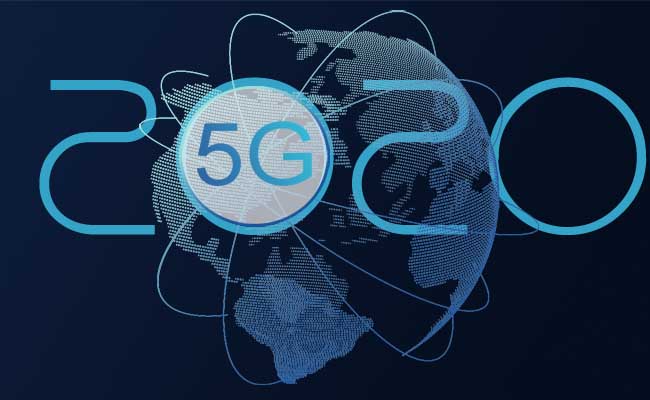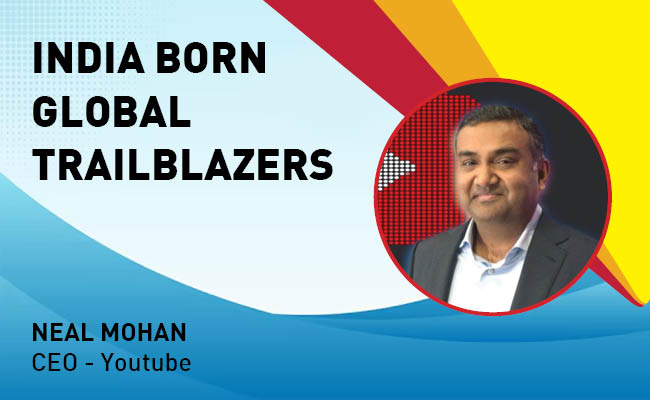Globally 66 percentage of organizations contemplate to deploy 5G by 2020
By MYBRANDBOOK

Globally sixty-six percent of organizations have contemplated to deploy 5G by 2020, according to a new 5G use case and adoption survey by Gartner. Organizations expect 5G networks to be mainly used for Internet of Things (IoT) communications and video, with operational efficiency being the key driver.
“In terms of 5G adoption, end-user organizations have clear demands and expectations for 5G use cases,” said Sylvain Fabre, senior research director at Gartner. “However, one major issue that 5G users face is the lack of readiness of communications service providers (CSPs). Their 5G networks are not available or capable enough for the needs of organizations.”
To fully exploit 5G, a new network topology is required, including new network elements such as edge computing, core network slicing and radio network densification. “In the short to medium term, organizations wanting to leverage 5G for use cases such as IoT communications, video, control and automation, fixed wireless access and high-performance edge analytics cannot fully rely on 5G public infrastructure for delivery,” added Fabre.
Top Use Cases for 5G
IoT communications remains the most popular target use case for 5G, with 59 percent of the organizations surveyed expecting 5G-capable networks to be widely used for this purpose. The next most popular use case is video, which was chosen by 53 percent of the respondents.
“The figure for IoT communications is surprising, given that other proven and cost-effective alternatives, such as Narrowband IoT over 4G and low-power wide-area solutions, already exist for wireless IoT connectivity,” said Fabre. “However, 5G is uniquely positioned to deliver a high density of connected endpoints — up to 1 million sensors per square kilometer.”
“Additionally, 5G will potentially suit other subcategories of IoT that require very low latency. With regard to video, the use cases will be varied. From video analytics to collaboration, 5G’s speed and low latency will be well suited to supporting 4K and 8K HD video content,” added Fabre.
Status of 5G Deployment
Gartner predicts that, by 2022, half of the CSPs that have completed commercial 5G deployments will fail to monetize their back-end technology infrastructure investments, due to systems not fully meeting 5G use case requirements. “Most CSPs will only achieve a complete end-to-end 5G infrastructure on their public networks during the 2025-to-2030 time frame — as they focus on 5G radio first, then core slicing and edge computing,” said Fabre.
Fabre added that this is because CSPs’ 5G public networks plans vary significantly in timing and scope. CSPs will initially focus on consumer broadband services, which may delay investments in edge computing and core slicing, which are much more relevant and valuable to 5G projects.
Gartner advises that, to meet the demands of businesses, technology product managers planning 5G infrastructure solutions should focus on 5G networks that offer not only 5G radio but also core slicing and edge computing infrastructure and services for private networks. CSPs alone may not fully satisfy the short-to-midterm demands of organizations that are keen to deploy 5G quickly.
“Private networks for enterprises will be the most direct option for businesses that want to benefit from 5G capabilities early on,” said Fabre. “These networks may be offered not only by CSPs but also directly by infrastructure vendors - and not just by the traditional large vendors of infrastructure, but also by suppliers with cloud and software backgrounds.”


Nazara and ONDC set to transform in-game monetization with ‘
Nazara Technologies has teamed up with the Open Network for Digital Comme...

Jio Platforms and NICSI to offer cloud services to government
In a collaborative initiative, the National Informatics Centre Services In...

BSNL awards ₹5,000 Cr Project to RVNL-Led Consortium
A syndicate led by Rail Vikas Nigam Limited (abbreviated as RVNL), along wi...

Pinterest tracks users without consent, alleges complaint
A recent complaint alleges that Pinterest, the popular image-sharing platf...


Icons Of India : Harsh Jain
Harsh Jain, the co-founder of Dream 11, the largest fantasy sports web...

Icons Of India : Kumar Mangalam Birla
Aditya Birla Group chairman Kumar Mangalam Birla recently made a comeb...

ICONS OF INDIA : SHAILENDER KUMAR
Shailender Kumar is senior vice president and regional managing direct...


CERT-IN - Indian Computer Emergency Response Team
CERT-In is a national nodal agency for responding to computer security...

IFFCO - Indian Farmers Fertiliser Cooperative
IFFCO operates as a cooperative society owned and controlled by its fa...

BSE - Bombay Stock Exchange
The Bombay Stock Exchange (BSE) is one of India’s largest and oldest...


Indian Tech Talent Excelling The Tech World - Aneel Bhusri, CEO, Workday
Aneel Bhusri, Co-Founder and Executive Chair at Workday, has been a le...

Indian Tech Talent Excelling The Tech World - Satya Nadella, Chairman & CEO- Microsoft
Satya Nadella, the Chairman and CEO of Microsoft, recently emphasized ...

Indian Tech Talent Excelling The Tech World - NEAL MOHAN, CEO - Youtube
Neal Mohan, the CEO of YouTube, has a bold vision for the platform’s...